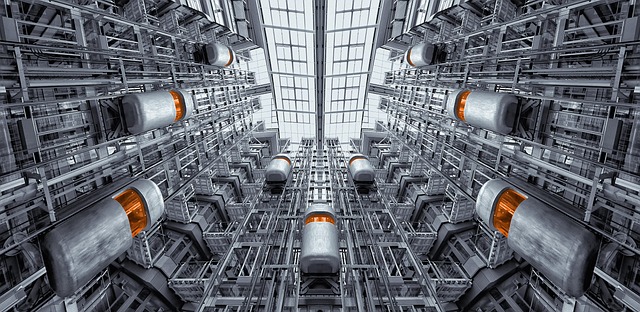Revolutionizing Architecture: Embracing Modern Technologies in Art and Design
As we step into a new era of creativity, architecture stands at the crossroads of art and design, fueled by modern technologies that are transforming how we conceptualize, construct, and interact with space. The integration of innovative tools and techniques is not merely a trend; it’s a movement that reshapes the aesthetic and functional qualities of our built environment.
The Intersection of Art and Design
Architecture, fundamentally an art form, is often viewed through the lens of traditional practices. However, modern technologies are expanding the canvas upon which architects and designers create. Digital design tools such as Building Information Modeling (BIM) allow for intricate and precise details to be visualized in the planning stages. This not only enhances collaboration between different disciplines but also elevates the artistic aspect of architectural design. Artists can now visualize their work in a 3D space, experimenting with lighting, materials, and textures long before the first brick is laid.
Innovative Materials and Techniques
The continued evolution of materials, such as self-healing concrete and 3D-printed structures, is redefining what’s possible in architecture. These modern technologies empower architects to experiment with forms that were once unimaginable, blending aesthetics with functionality. For instance, adaptive facades that respond to environmental changes are not only visually striking but also contribute to sustainability, reducing energy consumption in the built environment. Embracing these materials allows architects to push the boundaries of design while maintaining a commitment to innovation.
Augmented Reality and Virtual Reality
The advent of Augmented Reality (AR) and Virtual Reality (VR) has revolutionized the way we experience architecture. These technologies allow architects and clients to step inside a virtual space before it’s created, facilitating a deeper understanding of design intent and spatial relationships. Designers can modify elements in real-time, ensuring that their artistic vision is not lost in translation. This interactive process enhances the client experience, fostering collaboration and engagement throughout the design journey.
Smart Buildings and Sustainable Design
Modern technologies are also paving the way for smart buildings that integrate advanced systems for monitoring and managing energy consumption. This shift towards sustainability is not just a design choice; it reflects a societal obligation to create spaces that respond to the challenges of climate change. By integrating smart technologies, architects can design buildings that are not only visually compelling but also environmentally responsible. The fusion of art and sustainability is a hallmark of contemporary architecture, resonating deeply with the values of today’s urban dwellers.
The Future of Architectural Design
As we look ahead, the potential of modern technologies in architecture seems limitless. The confluence of digital creativity, innovative materials, and responsive design practices continues to revolutionize how we build our cities and interact with our surroundings. Embracing these advancements allows architects to weave narratives into the fabric of our urban landscapes, making art and design more relevant to the human experience. The buildings and spaces we create today will inspire future generations and stand as a testament to the power of embracing change in the architectural realm.




